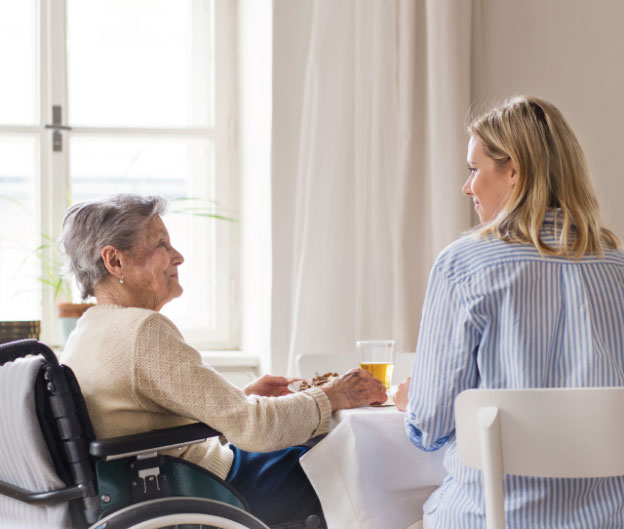Your cart is currently empty!
Government Funded Personal Alarm : Making Safety Affordable
·
·

Government Funded Personal Alarm: Making Safety Affordable
In an age where safety is paramount, the advent of personal alarms has been a game-changer, particularly for vulnerable populations. Commonly referred to as medical alerts or emergency response systems, these nifty wearable devices serve as a lifeline in times of need, providing the elderly and disabled with a means to promptly signal for assistance. The significance of these gadgets grows when you consider the accessibility provided by government-funded programs in Australia. By meeting specific criteria, you can potentially obtain a personal alarm at no cost. Such initiatives include the Commonwealth Home Support Programme (CHSP), Home Care Packages (HCP), and the National Disability Insurance Scheme (NDIS), all determined to make a government funded personal alarm affordable and within reach.
As you navigate through the subsequent sections, you’ll gain valuable insights into how services like CHSP foster independent living among seniors by including personal alarms, and the ways in which HCP offers individualised care support. If you’re wondering about the differences between these programs or how NDIS integrates personal alarms into their support for those with significant disabilities, rest assured, these topics are thoroughly covered. Moreover, highlights on the safety features of models like the Safe-Life Pendant, geat2GO, and my aged care personal alarm will equip you with the knowledge to choose the right personal alarm. Whether you’re in Victoria or any other part of Australia looking for a ‘government funded personal alarm vic‘ or elsewhere, this article is a comprehensive guide designed to smoothly steer you through the assessment, approval, and application processes, ensuring you make well-informed decisions for your peace of mind and safety.
Eligibility Criteria for Government Funding
Understanding the eligibility criteria for a government funded personal alarm is crucial in ensuring that you or your loved ones can access the support needed for a safer living environment. Here’s what you need to know:
Age and Disability Status: To qualify for a government funded personal alarm, you must be aged
- 65 years or older,
- 60 Years or Older and from an Economically Disadvantaged Background
- Or have a recognised disability.
These criteria are in place to prioritise support for those who may be more vulnerable to emergencies or health issues.
- Living Arrangements: You should be living in your own home or with a caregiver. This requirement is to ensure that the personal alarm system can be installed in a residence where it will be most effective and beneficial.
- Assessment and Means Testing: Application for a government funded personal alarm often includes a formal assessment to determine your specific needs. Means testing may also be part of the process to confirm eligibility for funding (Health Victoria ).To proceed with obtaining a personal alarm through government assistance, you will need to engage with one of the following programs:
- Commonwealth Home Support Programme (CHSP): Designed to help seniors live independently at home, CHSP funding can cover the cost of personal alarms for eligible individuals (My Aged Care ).
- Home Care Packages (HCP): These packages provide more comprehensive support, and you may be eligible for a personal alarm under certain package levels.
- National Disability Insurance Scheme (NDIS): If you are living with a significant and permanent disability, NDIS funding can be used to acquire personal alarm systems tailored to your needs .When choosing a personal alarm, it’s important to select an approved supplier. One of the approved alert systems is the Safe-Life 4G Medical Pendant. By choosing an approved supplier like Safe-Life, you ensure that you receive a quality product that meets government safety standards.
To initiate the approval process for a government funded personal alarm, you will need to seek an assessment from My Aged Care for aged care services. Once you’ve been approved for CHSP or HCP, or if you’re not eligible for these but are a participant in the NDIS, you can then select Safe-Life as your provider and follow their application process. It’s important to note that if you haven’t sought an assessment from My Aged Care, are approved for level 2-4 HCP, or are currently participating in the Transitional Care Programme (TCP), you will not be eligible for government funding for a personal alarm (SA Government ).Remember, the goal of these funding programs is to make safety accessible and affordable. If you’re looking for a ‘government funded personal alarm vic’ or elsewhere in Australia, these criteria will guide you through the process of securing a personal alarm that can provide peace of mind and a safer living environment.
Exploring Government Funding Programmes
Exploring the financial assistance programs available to you for personal alarms is a vital step towards enhancing your safety. In Australia, several government-funded programs offer support:
- Commonwealth Home Support Programme (CHSP): This program is tailored for elderly individuals, providing entry-level services to promote independent living. If you meet the criteria, you could receive a personal alarm and monitoring system to ensure your safety at home. CHSP can be the first step in accessing the support you need to maintain your independence.
- National Disability Insurance Scheme (NDIS): For those living with significant disabilities, the NDIS provides funding that can be utilised to acquire personal alarms. These alarms are crucial in enabling individuals with disabilities to receive prompt assistance in emergencies, thereby offering peace of mind and enhanced security.
- Veterans’ Access: If you are a veteran, you might be eligible for personal alarm funding through separate government initiatives. These programs recognize the unique needs of veterans and aim to provide them with the necessary support.
When considering a personal alarm, it’s essential to understand the types available and their features:
- Auto-dial Alarms: These alarms send emergency notifications to pre-selected contacts, including location tracking and status updates. They can be a lifeline, ensuring that help is just a button-press away.
- Monitored Alarms: These connect you to a 24/7 emergency response centre, offering professional assistance and two-way communication. Monitored alarms provide an added layer of safety, as there is always someone ready to respond to your call for help.
Safety features to look for in personal alarms include:
- Battery Life: Ensures the device is operational when needed.
- Fall Detection: Automatically alerts in case of a fall.
- Geo-fencing: Notifies if the wearer leaves a predefined area.
- GPS Location: Pinpoints the wearer’s location for quick response.
- Non-movement Alarm: Alerts if the wearer has been immobile for an unusual period.
- Number of Contacts: Allows multiple people to be contacted during an emergency.
- Speed Alarm: Detects if the wearer is moving faster than usual, potentially indicating a fall or other emergency.
- Water and Dust Resistance: Ensures the device’s durability in various environments.
Remember, a personal alarm is not just a device; it’s a commitment to your safety. It involves sharing personal data, so reviewing privacy policies and data protection measures is crucial before making a purchase. With the right information and support from programs like CHSP, NDIS, and veterans’ services, you can find a government funded personal alarm that fits your lifestyle and gives you the confidence to live independently and securely (Choice ).

Prerequisites for CHSP Funding
Before you can benefit from the Commonwealth Home Support Programme (CHSP) and its provision for personal alarms, you’ll need to navigate through a few prerequisites that determine your eligibility and the extent of funding you can receive. Here’s what you should know:
Age and Cultural Background:
- You must be aged 65 years or older, or 50 years or older if you’re an Aboriginal or Torres Strait Islander person, to qualify for CHSP funding.
- Additional consideration is given if you’re 50 years or older with a low-income background, facing homelessness, or at risk of homelessness.
Assessment Process:
- Begin your journey to access CHSP funding with an aged care assessment, which can be initiated through an eligibility checker tool .
- The time to receive help at home through CHSP services will depend on the outcome of this assessment and the availability of service providers in your area.
Financial Contribution and Service Costs:
- While CHSP funding is subsidized by the government for entry-level support services like personal alarms, costs can vary.
- Simple services may cost only a few dollars, while more complex services will cost more.
- As a CHSP client, you are expected to contribute to the cost of personal alarms, in line with the CHSP’s contribution policy.
When selecting a CHSP service provider, prioritize your needs, budget, and location. Use the Find a provider tool to compare providers and choose one that aligns with your preferences. Providers such as Safe-Life offer a range of personal monitoring systems, including the Safe-Life Pendant through geat2GO, which can be funded through CHSP for eligible Australians, ensuring your safety is never compromised.
CHSP Funding benefits
Understanding the benefits of CHSP funding is crucial when considering a government funded personal alarm. Here’s how CHSP can enhance your quality of life:
- Enhanced Independence and Safety: CHSP funding supports your desire to live independently, providing a safety net through personal alarms that connect you directly to emergency services. This additional layer of security ensures that help is readily available when you need it most, giving you and your loved ones peace of mind.
- Access to Subsidised Services: Personal care, home maintenance, and meals are some of the partially subsidised services that CHSP offers, helping you maintain your independence at home without the financial burden often associated with private care. As a CHSP client, discuss with your service provider the options for utilizing funding for aged care personal monitoring systems, ensuring that your specific needs are met.
- Tailored Assistance Based on Individual Needs: CHSP funding amounts are not one-size-fits-all; they vary depending on your circumstances, with the aim of providing personalized support for older Australians (Australian Government Department of Health ).
- The program is designed for those with low-level care needs, which includes not only personal alarms but also other essential services that contribute to a full and independent life.The CHSP program has adapted to the increased demand for personal alarms, especially during the COVID-19 pandemic, by ensuring that remote connected care devices are available to those who need them. With a network of approximately 1,400 not-for-profit organizations, the CHSP offers a variety of social services, nursing, and health care, all while keeping service costs affordable through government subsidies. To start accessing these benefits, the wait times will depend on your assessment and the availability of service providers in your area.
Differences between HCP & CHSP funding
When you’re considering a government funded personal alarm, it’s essential to understand the differences between the Commonwealth Home Support Programme (CHSP) and Home Care Packages (HCP) as they cater to different levels of care needs and come with varying funding structures.
Level of Care:
- CHSP: An entry-level program offering basic assistance for tasks like general housekeeping, transportation, and meals. It’s designed for senior citizens who require a small amount of help to maintain their independence (SA Government).
- HCP: Categorized into four levels, HCP provides a more comprehensive range of support based on the individual’s care needs, which can include specific nursing care and allied health services if required (Aged Care Decisions ).
Funding and Budget:
- CHSP operates with a limited budget, focusing on supporting an individual’s strengths and abilities to help them stay socially connected within their community. Recipients contribute to the overall cost of the service package (Health.gov.au ).
- HCP funding is tiered, with higher levels receiving more funds to cater to more complex care needs. Contributions by recipients are also tier-based, reflecting the level of support they receive (CareAbout).
Eligibility and Access:
- For CHSP, eligibility is primarily age-based, whereas HCP requires an Aged Care Assessment Team (ACAT) evaluation due to the focus on more complex needs.
- HCP clients may access additional short-term services under CHSP in certain situations, such as requiring more allied health or nursing services, carer respite services, or emergency needs. Moreover, HCP recipients with urgent needs can access up to $2,500 per year for urgent General Equipment and Assistive Technology (GEAT) if they lack sufficient funds in their HCP budget.
By understanding these distinctions, you can better navigate the options available to you and choose the right government funded personal alarm that aligns with your care requirements, whether you’re looking for a government funded personal alarm vic or elsewhere in Australia. Remember, both CHSP and HCP aim to enhance your safety and independence, but they do so at different levels of care and support.
My Aged Care Personal Alarms
In the realm of personal safety for the elderly, My Aged Care personal alarms stand out as a beacon of security and reassurance. These devices are specifically designed to cater to the needs of older Australians, ensuring that immediate assistance is just a button press away. Here’s how these personal alarms can be a vital component in your safety strategy:
Immediate Emergency Response: With a My Aged Care personal alarm, you have the assurance that in any emergency, help can be summoned instantly. This is particularly crucial if you live alone or are at risk of falls and other health emergencies that may require urgent attention.
Features of My Aged Care Personal Alarms:
- One-Touch Assistance: The alarms are equipped with a simple one-touch button that alerts emergency services or nominated contacts when you need help (Safe Life Alarm ).
- Wearable Technology: These devices can be worn as a pendant or wristband, making them accessible at all times, whether you’re at home or on the move.
- 24/7 Monitoring: Many models offer round-the-clock monitoring, ensuring that no call for help goes unanswered, no matter the time of day or night (My Aged Care ).
How to Access My Aged Care Personal Alarms:
Assessment: To begin the process, you’ll need to undergo an assessment through My Aged Care to determine your eligibility for a personal alarm under the Commonwealth Home Support Programme (CHSP) or other funding options like the Home Care Packages (HCP).
Provider Selection: Upon approval, you can choose from a range of approved suppliers to find a personal alarm that suits your lifestyle and meets government safety standards (My Aged Care ).
By integrating My Aged Care personal alarms into your daily life, you embrace a proactive approach to your well-being, ensuring that you can continue to live independently with confidence. Remember, these alarms are not just devices; they are your lifeline to a safer, more secure existence.
NDIS funding for personal alarms

If you’re seeking to enhance your independence, safety, or social inclusion through the use of personal alarms, the National Disability Insurance Scheme (NDIS) can be a valuable resource. Here’s what you need to know about accessing NDIS funding for personal alarms:
NDIS Funding Appropriation:
- Personal alarms are considered under the NDIS if they align with your individual goals related to independence and safety. You can use your NDIS funding to purchase personal alarm devices that support your objectives.
- Eligibility for NDIS funding of personal alarms hinges on having the appropriate allocation under Core Supports or Capital Support in your NDIS plan. This ensures that the funding is used for supports that align with your plan’s goals.
Approved Providers and Funding Categories:
- Safe-Life, an approved NDIS provider, offers personal alarms that fall under the NDIS funding code. These alarms can be funded through two NDIS categories:
- Core Supports – Consumables: For low-risk, low-cost assistive technologies (AT), which may include personal alarms.
- Capital Support – Assistive Technology / Personal Emergency Alarm System: For more significant AT requirements, including comprehensive personal alarm systems ( NDIS ).
Steps to Acquire a Personal Alarm with NDIS Funding:
- Check your NDIS plan to confirm that personal alarms are included in your ‘Consumables’ budget or under ‘Core supports’.
- Select an NDIS-approved provider, like Safe-Life, which offers a range of personal alarms eligible for funding.
- Follow the provider’s application process, ensuring that the personal alarm you choose aligns with your NDIS plan’s goals and funding categories.
By understanding the NDIS funding process and approved providers, you can take proactive steps towards securing a government funded personal alarm that supports your individual needs and enhances your daily living. Remember, the NDIS is designed to empower you with choice and control over the supports that best facilitate your safety and independence.
Safe-Life Personal medical Alarm
The Safe-Life Personal Medical Alarm 4G is a versatile and reliable device that caters to a wide range of safety needs. Whether you’re concerned about the wellbeing of a child, an elderly family member, or require a safety solution for lone workers, this government funded personal alarm is designed to offer peace of mind and swift assistance. Here are the key features and benefits that make the Safe-Life Personal Alarm 4G an excellent choice for those eligible for government funding programs like the NDIS, CHSP, geat2GO or My Aged Care:
Connectivity and Location Services:
- Operates on the robust 4G network with GPS positioning for accurate location tracking.
- Sends an SMS alert to up to 10 pre-programmed numbers with a Google Maps link to the user’s location when the SOS button is pressed, ensuring quick location identification.
- Capable of automatically answering incoming calls in speakerphone mode, or it can be set to dial the first programmed number immediately after the SOS button is activated, facilitating rapid communication (Safe-Life Alarm).

Safety Features:
- Equipped with falls detection that sends SMS alerts, adding an extra layer of security for users prone to slips or falls.
- Allows for geo-fence settings with SMS alerts when the user exits a predefined safe zone, ideal for dementia care or children’s safety.
- Inactivity monitoring with adjustable time limits can alert caregivers if the user has been immobile for an unusual period, which could indicate an emergency (Safe-Life Personal Alarm 4G).
Design and Usability:
- The device is lightweight and waterproof, making it suitable for everyday wear and use in various environments, from retirement villages to farm work.
- Includes a bedside docking charger that provides audible confirmation, “Your alarm is charging,” ensuring the device is always ready for use.
- After the initial purchase, the ongoing cost is only $60 annually, making it a cost-effective solution for those seeking a government funded personal alarm vic or elsewhere in Australia. Operated by Safe-Life, a company with over three decades of experience in patient care, the Safe-Life Personal Alarm 4G stands as a testament to their commitment to providing innovative and reliable safety solutions. With its comprehensive features and user-friendly design, it’s an ideal choice for anyone looking to enhance their personal safety or that of their loved ones.
Areas for Improvement in Government-Funded Personal Alarm Programs
While the government-funded personal alarm systems in Australia, including CHSP, HCP, and NDIS programs, significantly enhance safety and independence, there are areas for improvement:
- Eligibility and Accessibility: The stringent eligibility criteria may exclude individuals who could benefit from these alarms. Broadening the criteria could increase accessibility.
- Process Efficiency: The lengthy process from assessment to approval can delay access to needed support. Streamlining these procedures could improve responsiveness.
- Connectivity and Coverage: The effectiveness of devices like the Safe-Life Personal Medical Alarm 4G is limited by network coverage. Addressing connectivity issues, especially in remote areas, is crucial.
- Privacy Concerns: Given the data collection involved, especially for GPS-enabled devices, enhancing privacy policies and ensuring transparent data handling is vital for user trust.
- Cost-Effectiveness: A critical evaluation of program funding and its allocation can ensure more efficient use of resources, catering to the diverse needs of users.
- Technological Adaptability: Regular updates and adaptability to technological advancements are necessary to maintain the relevance and effectiveness of these devices.
Incorporating these improvements can make these programs more effective and inclusive, ensuring their long-term impact and sustainability.
Government funded personal alarm – Conclusion
Throughout the exploration of government-funded personal alarm systems, we have delved into various programs that facilitate safety for the elderly and disabled, such as the CHSP, HCP, and NDIS. These initiatives play an instrumental role in ensuring that personal emergency response devices are accessible and affordable, offering peace of mind and fostering independence for those who need them most. By leveraging these schemes, eligible Australians can maintain their quality of life while having access to rapid assistance when required.
As we conclude, it is clear that the importance of these alarms cannot be overstated, as they stand at the intersection of technology and personal well-being. With comprehensive knowledge about eligibility criteria, application processes, and the features of different alarm systems, individuals can make informed decisions for their safety needs. While this article has aimed to guide readers through the intricacies of obtaining a government-funded personal alarm, it also reinforces the broader commitment to support and protect our vulnerable populations through innovative and compassionate measures.
Can I get a personal alarm for free?
While not entirely free, some government programs in Australia help you obtain a personal alarm at a subsidised cost. These programs have eligibility criteria, and you may need to contribute financially depending on your circumstances.
Does NDIS fund personal alarms?
Yes, the National Disability Insurance Scheme (NDIS) can fund personal alarms if they align with your individual goals related to independence and safety. This depends on your NDIS plan and funding allocation under Core Supports or Capital Support.
How do I get a personal alarm through my aged care?
You can access personal alarms through various government programs for aged care, including:
- Commonwealth Home Support Programme (CHSP): Offers basic assistance, including personal alarms, for seniors aged 65 or older (or 50+ for Indigenous Australians).
- Home Care Packages (HCP): Provides more comprehensive support, including personal alarms, depending on your care needs and HCP level.
- My Aged Care: Assesses your eligibility for CHSP or HCP and helps you connect with approved providers like Safe-Life for personal alarms.
Is there a personal alarm without a monthly fee?
While some personal alarms require ongoing monthly fees for monitoring or data, there are options with lower costs. You can find personal alarms that:
- Don’t require monthly monitoring fees: These alarms connect directly to emergency services or pre-programmed contacts when activated, eliminating the need for a monitoring service subscription.
- Have minimal annual costs: Some alarms might require annual SIM card renewal fees. These costs are typically lower than monthly subscription fees.
However, it’s important to remember that even without monthly fees, you might still incur initial purchase costs and potential annual SIM card renewal fees.
Always consider the complete cost structure and features of a personal alarm before making a decision.
What are three different sources of funding for aged care?
- Government funding: Through programs like CHSP, HCP, and veteran services, the government subsidizes various aged care services, including personal alarms.
- Client contribution: Depending on the program and your circumstances, you may be required to contribute financially towards the cost of services like personal alarms.
- Private funding: You can choose to pay for personal alarms and other aged care services privately if you don’t qualify for government funding or wish for additional options.
What is Australian Government-Subsidised aged care?
The Australian Government provides various programs and services to support older Australians in maintaining their independence and well-being. These programs offer financial assistance for different aged care needs, including personal alarms, home care services, and residential care.
Remember, eligibility criteria and funding details vary across programs. It’s recommended to explore specific programs like CHSP, HCP, and NDIS or contact My Aged Care for personalized guidance on obtaining a government-funded personal alarm.
Please call or email one of our friendly staff to assist you with your enquiry.
Safe Life
Alerting Devices Australia P/L T/A Safe-Life 5/270 Lower Dandenong Rd, Mordialloc, VIC, Australia 3195
NDIS Provider Number
4050109546
ABN
67 637 195 941
Phone
[formidable id="6"]
Share Article
More articles
-
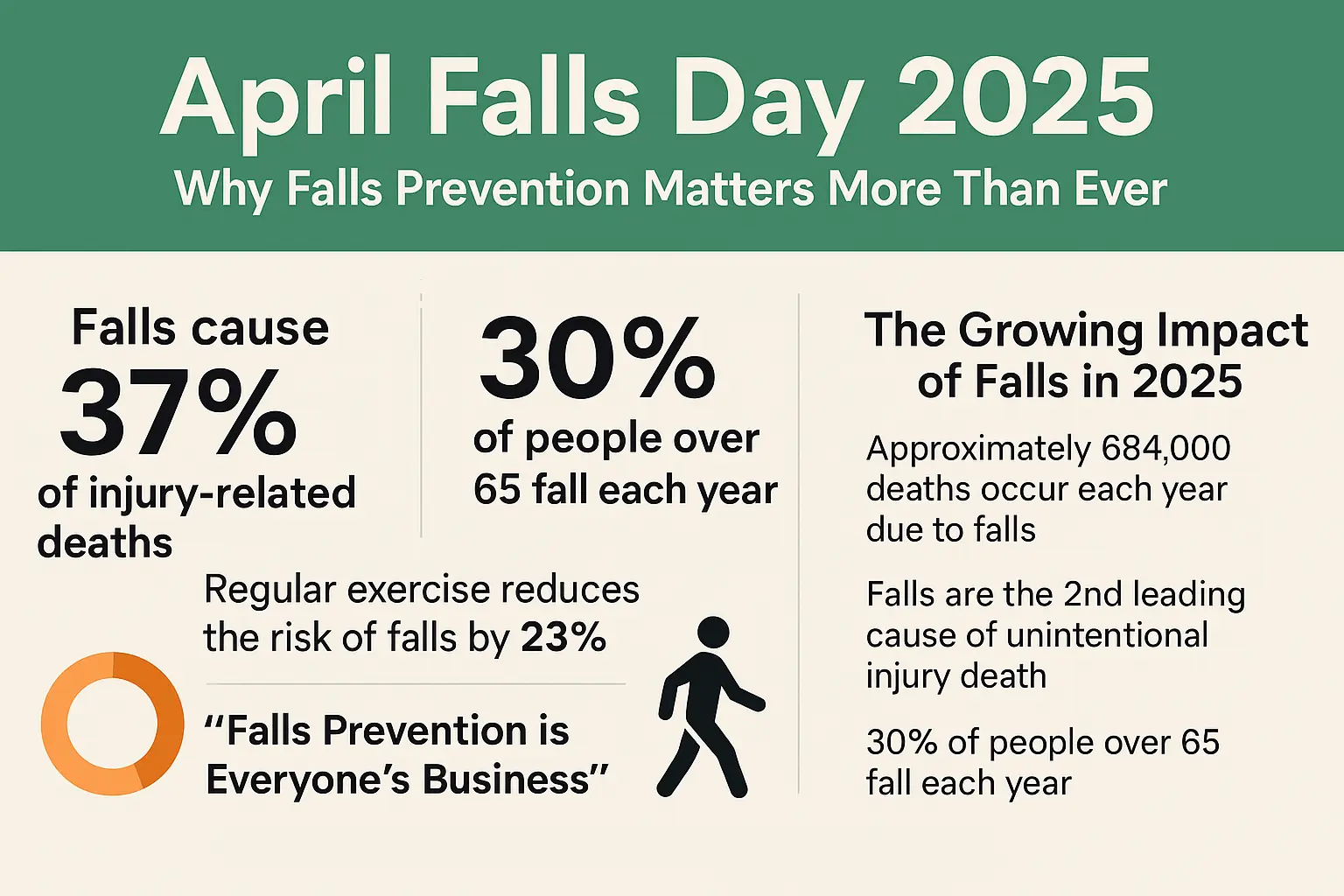
|
10 minutesApril Falls Day 2025
April Falls Day 2025: Why Falls Prevention Matters More Than Ever Falls cause 37% of injury-related deaths – a stark reality that makes April Falls Day 2025 a vital public health campaign. The numbers paint a worrying picture. Each year, 30% of people over 65 take a fall, which shows…
-
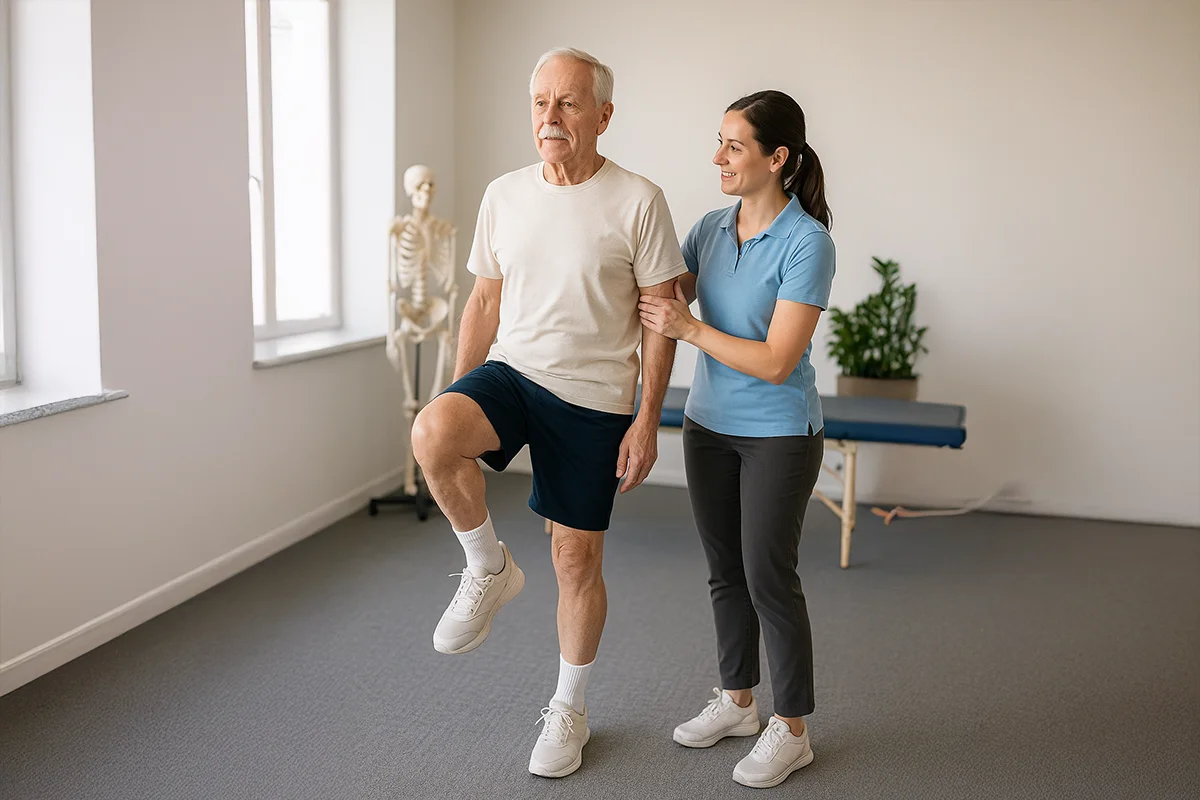
|
3 minutesAustralian Falls Guidelines 2025: What’s New and Why It Matters
Australian Falls Guidelines 2025 signal the biggest shift in fall-prevention practice since 2009. Falls remain Australia’s leading cause of injury-related hospitalisations and deaths among older people, costing the health system billions each year. This updated national blueprint replaces passive risk scoring with action-oriented, evidence-graded interventions—everything from balance-intensive exercise and vitamin…
-
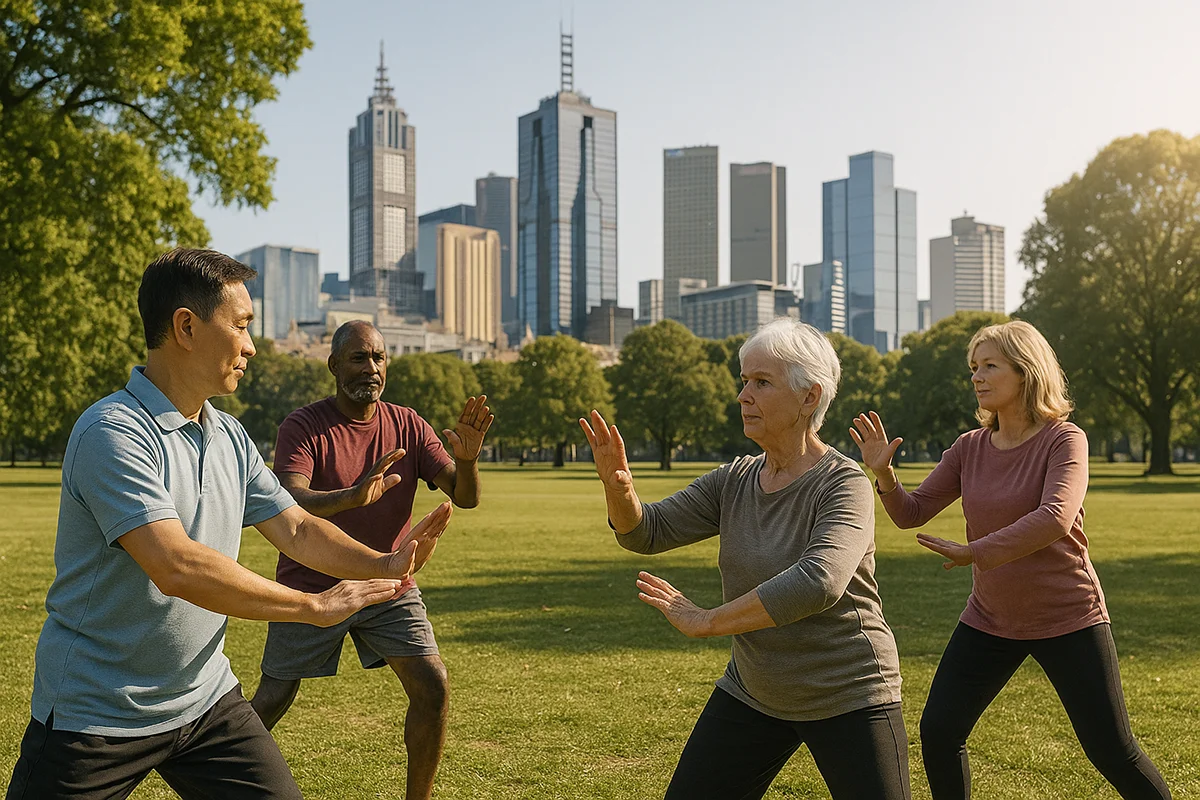
|
4 minutesCommunity Fitness Programs: Your Path to Wellness at Any Age — 2025 Guide
Sub-article 1 in our Australian Falls Guidelines 2025 series 1. Why This Guide Matters Quick reality check: More than 80 % of Australians aged 65+ live with at least one chronic disease¹, yet nearly 60 % fall short of basic activity targets². Community fitness programs (CFPs)—walking clubs, tai chi in…
-
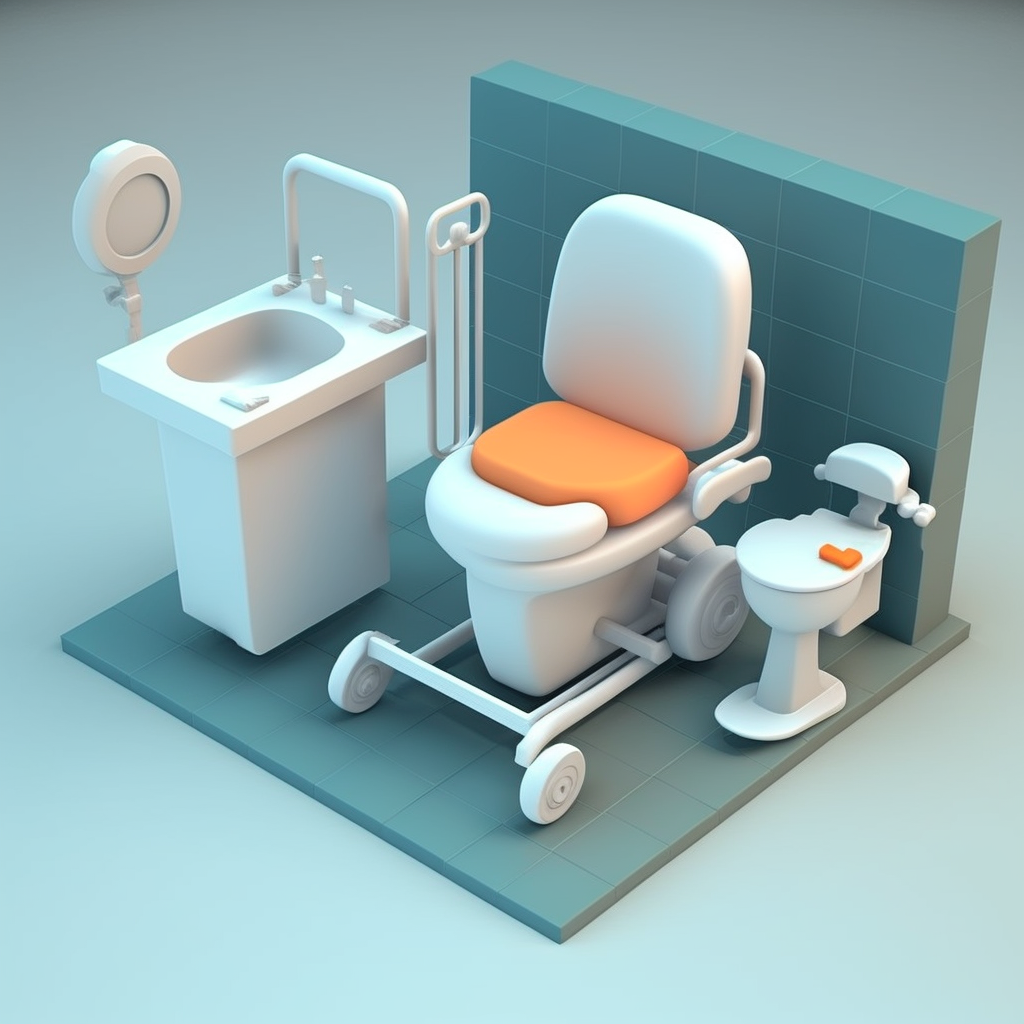
|
8 minutesDisability Shower Seat: Making Bathing Easier with Disability Bathroom Equipment
Discovering the Benefits of a Disability Shower Seat: Making Bathing Easier with Disability Bathroom Equipment Excellent bathing facilities are a must when it comes to improving the quality of life for those with disabilities. Disability bathroom equipment provides an opportunity for individuals to enjoy their bathing experience without having to…





